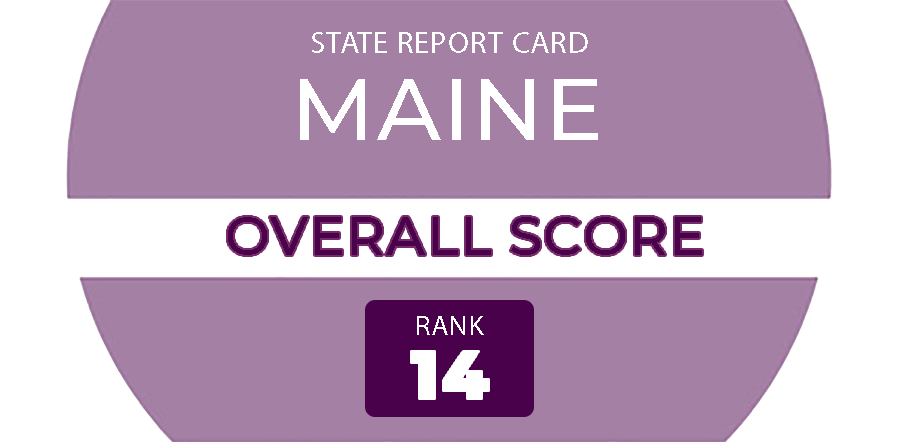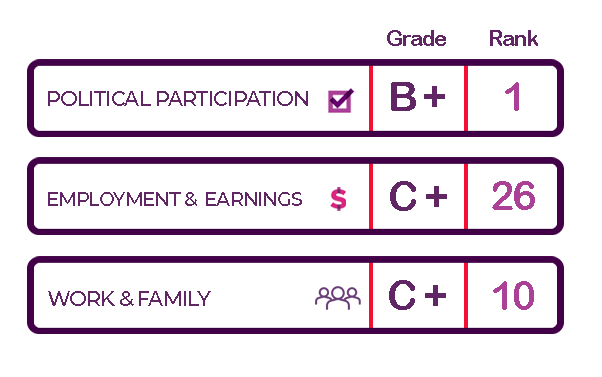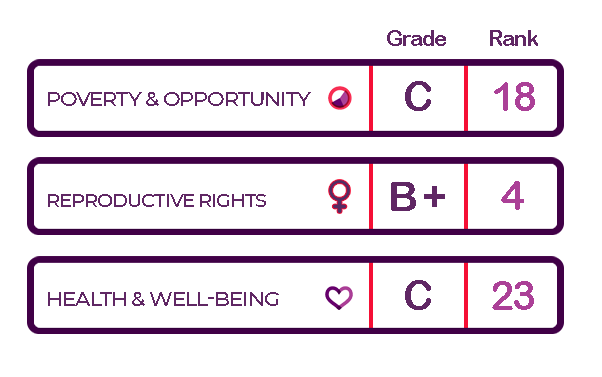
The Status of Women in the States project ranks and grades Maine across several areas of women’s lives. While Maine performs better in some areas, no matter the rank, there are still barriers and inequities that prevent women from succeeding and thriving. Across all indices, Maine ranks toward the top of states in the country. Maines’s performance is the strongest on the Political Participation and Reproductive Rights indices. Maines’s performance is weakest on the Employment and Earnings and the Health and Well-Being indices.


Explore the Data
As state policies and programs have changed over the years, so has the status of women in Maine. Since 1996, Maine has made progress in some areas, while lagging in others.
Articles and Publications
The Status of Black Women in the United States
This report aims to amplify the historical and current contributions of Black domestic workers to the broader domestic worker movement. Using available data, the report describes the experiences of millions of Black women across the United States, and offers recommendations where the opportunities for Black women can be realized.
The Status of Women in Florida by County: Population & Diversity
This briefing paper highlights demographic information relevant to the status of women in Florida. It explores differences between women and men on a range of variables, including age, race and ethnicity, marital status, household type, immigration status, geography, and veteran status.
Girls and Young Women of Color: Where They Are in the United States
Of the 14.1 million girls and young women of color, age 10–24, in the United States, 40.7 percent (5,748,760) live in the South, 23.2 percent in the Pacific West, 14.9 percent in the Northeast, 10.4 percent in East North Central, 7.3 percent in the Mountain West, and 3.5 percent in West North Central, as shown in Map 1.



